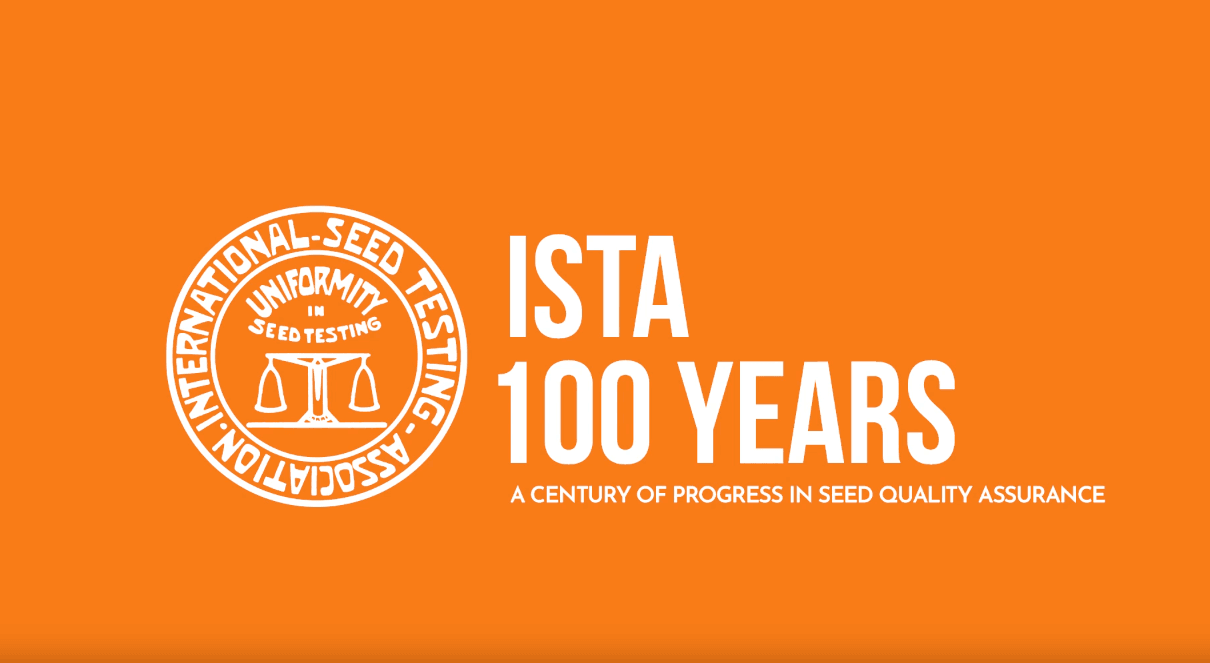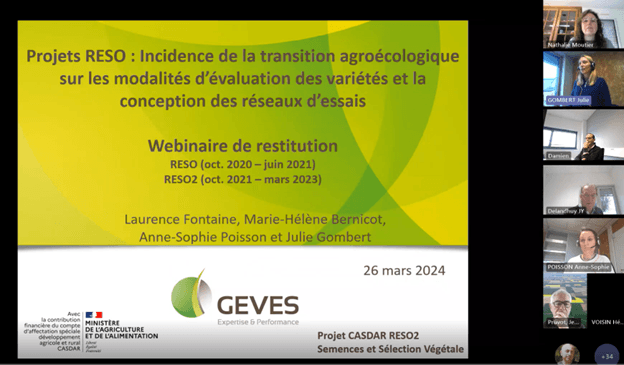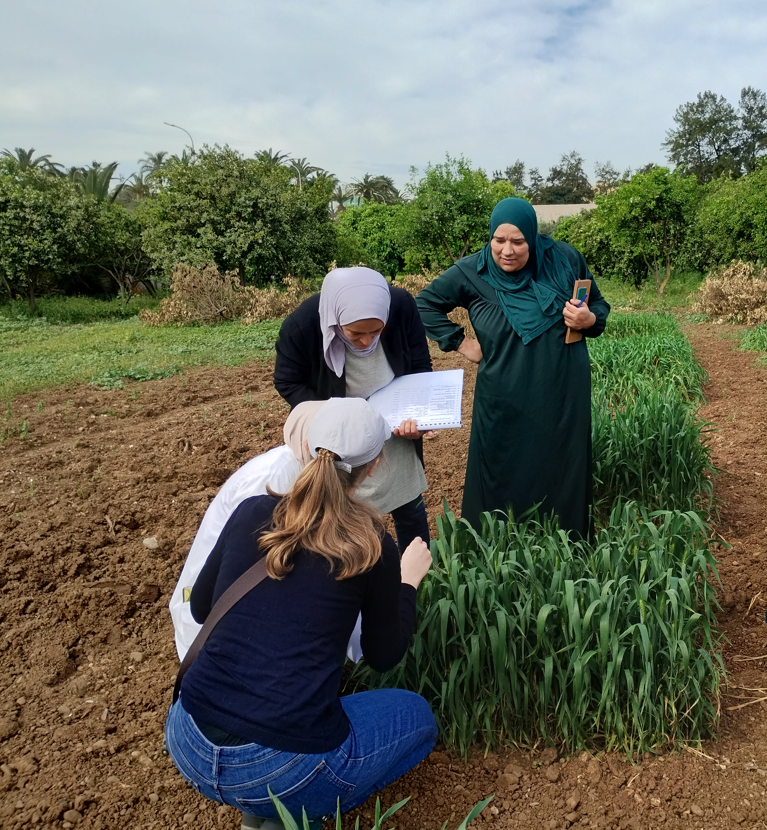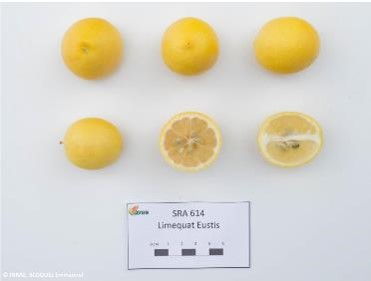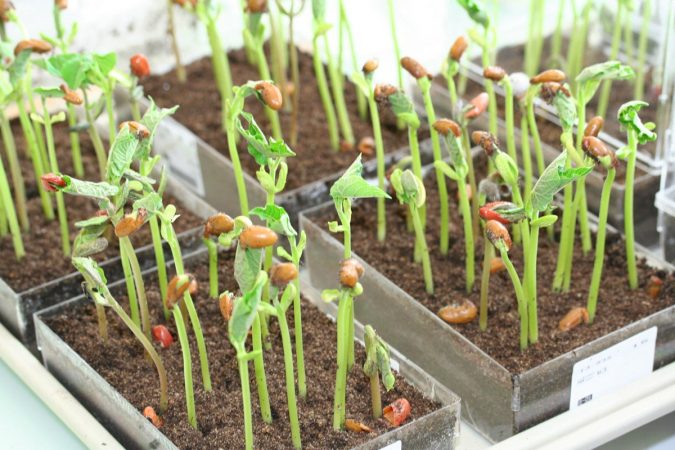
Predicting germination with an early radicle emergence count
An international working group with 10 laboratories
The Seed Science Advisory Group of ISTA has created a working group with the Germination Committee for investigating the potential for an early radicle emergence count to predict normal germination for a dozen species. GEVES germination lab has participated in testing for two agricultural crops, four vegetable crops and one fodder crop (Table 1).
Crops and their related germination method used in GEVES laboratory for studying relationship between early counts of radicle emergence and normal germination:
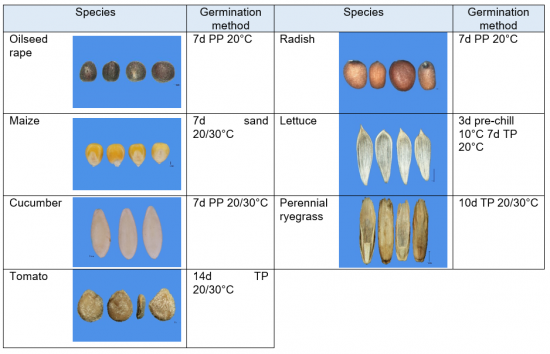 d = days, PP = pleated paper, TP = top of paper and temperature of incubation.
d = days, PP = pleated paper, TP = top of paper and temperature of incubation.
Interesting correlations for some crops but no systematic relationship
Previous results on oilseed rape seeds (Matthews et al., 2018) were confirmed with more than 30 seed lots; the higher the germination, the better correlation is between radicle emergence and normal germination, so acceptable seed lots germinate more rapidly. Promising results were also obtained on 25 cucumber samples. In contrast no relationship was obtained for tomato or maize seeds.
Reference: Matthews S., Wagner M.-H., Kerr L., Powell A.A., 2018. Potential for early counts of radicle emergence and leakage of electrolytes as quick tests to predict the percentage of normal seedlings. Seed Science and Technology 46 (1), 1-18.

